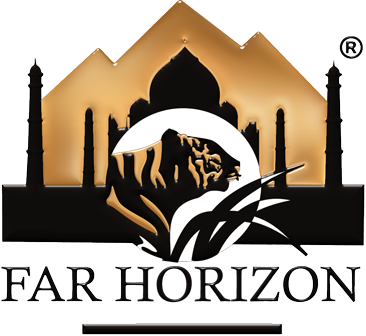Cochin With Kerala Backwaters Cruise (South to North)
more_vert
-
Duration10 Days
-
Region
-
Category
-
Best Time
- September - April
Introduction
Kochi (formerly Cochin) is a cosmopolitan city in the state of Kerala with a bustling commercial port. Kochi, the last port of Vasco Da Gama, where you will find synagogues, mosques, churches and temples side by side, is a place with a fascinating history.
Tours Highlights
- Accommodation in twin sharing basis
- Visit Athirapally Waterfalls
- Explore the Kerala Backwaters
- Guided Tour of Fort Cochin (Entrances on Direct Payment)
- All currently applicable taxes
Destinations Covered
Kochi
Queen of the Arabian SeaKochi (formerly Cochin) is a cosmopolitan city in the state of Kerala with a bustling commercial port. Kochi is the financial capital of Kerala and, with a population of more than 2 million, the biggest urban agglomeration in the state. It is one of the major tourist destinations in India.
Alappuzha
Venice of the EastAlappuzha is the hub of Kerala's backwaters, home to a vast network of waterways, over a thousand houseboats and an important coir industry. Head out towards the backwaters and Alleppey becomes graceful and greenery-fringed, disappearing into a watery world of villages, punted canoes, toddy shops and, of course, houseboats.
Changankari
Changankari is a part of Kuttanad region, being home to lush green rice fields spread extensively, divided by dykes. Travelling through this secluded alcove of nature will give you a feel of traditional countryside life of Kerala. A special peculiarity of this place is its geography. It lies around 2 meters below the main sea level, making it the lowest altitude place in the country.
Mankombu
Moncombu is a charming little hamlet located in Alappuzha and surrounded by paddy fields. The housing styles are Nallukettu style mostly and there are many houses which are even hundreds of years older. Moncombu is also the location of the famous Moncombu Bhagavathy Temple. A temple that attracts thousands of people every year. An annual 7 days festival begins on 14 April every year. This is followed by the Pathamudayam festival on 23 April every year.
Kavalam
A Green HavenKavalam is a village in Kuttanadu, Kerala state, Alappuzha District. India. It is located on the borders of Alapuzha and Kottayam districts, on the banks of Vembanad Lake. The Pampa river flows through the village to merge into the famed Vembanad Lake. Its natural scenic beauty is legendary and has been used by many filmmakers. Relatively untouched by modernity, Kavalam is a green haven.
Kumarakom
The Enchanting BackwatersThe village of Kumarakom is a cluster of little islands on the Vembanad Lake, and is part of the Kuttanad region in Kerala. The bird sanctuary here, which is spread across 14 acres, is a favourite haunt of migratory birds and an ornithologist's paradise. Egrets, Darters, Herons, Teals, Waterfowls, Cuckoo, Wild Duck and migratory birds like the Siberian Stork visit here in flocks and fascinate all visitors.
An enchanting backwater destination, Kumarakom offers visitors many leisure options.
Vaikom
Vaikom town is situated at the northwestern end of Kottayam district, close to Ernakulam district border. Its western border is the Lake Vembanad, and is crossed by various estuaries of the River Muvattupuzha. Vaikom is the oldest township in Kottayam district, and among the oldest in South India.
Detailed Itinerary
- Day 1 Arrive Kochi
- Day 2 Kochi
- Day 3 Kochi – Board Riverboat at Punnamada village, Alleppey
- Day 4 Kanjippadom – Karumadi – Thottappalli
- Day 5 Thottappalli – Changankari
- Day 6 Changankari – Champakkulam – Mankompu
- Day 7 Mankompu – Kainakari – Kavalam
- Day 8 Kavalam – Kumarakom
- Day 9 Kumarakom – Chenganda – Vaikom
- Day 10 Marad- Deboard and drive to Cochin

















